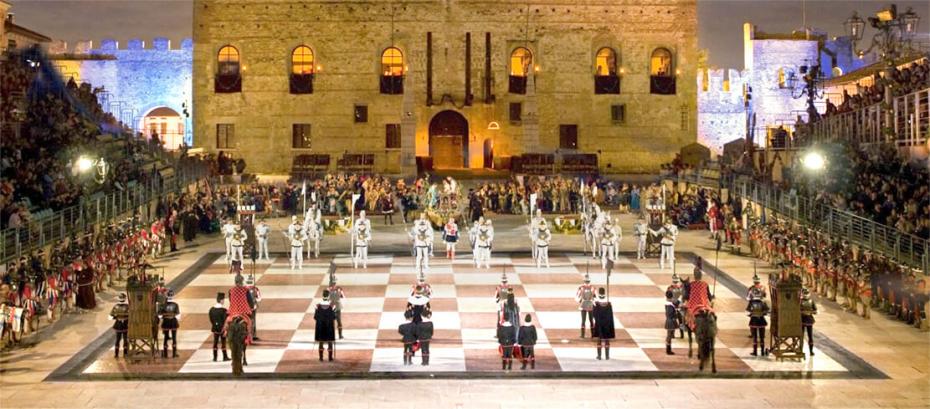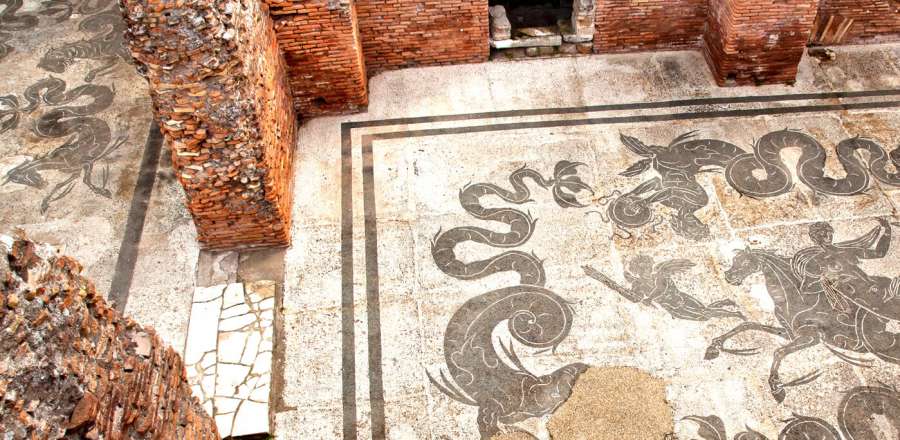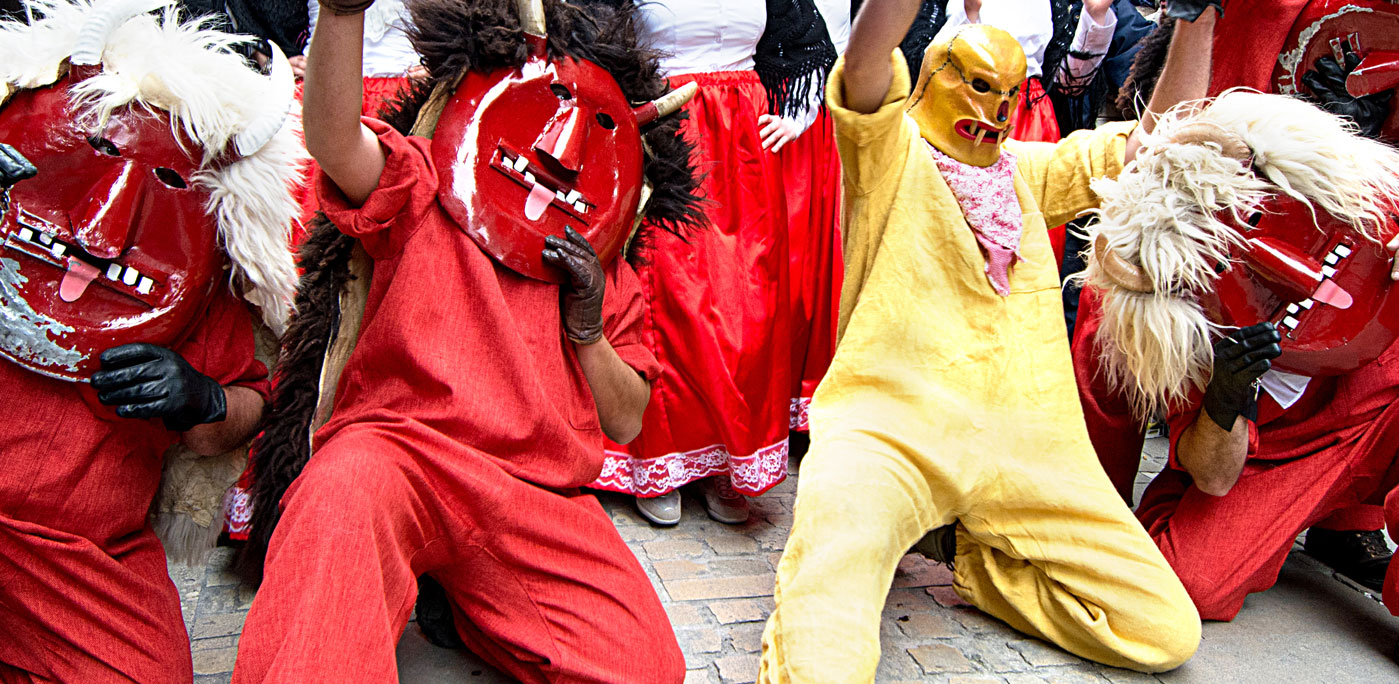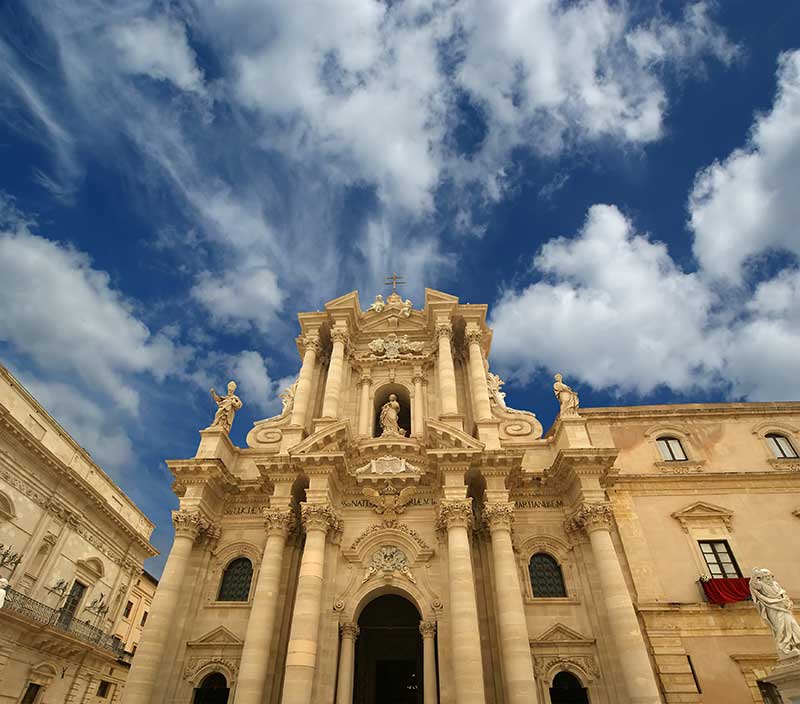Chess is a fascinating game of strategy, tactics and mental power. And nowhere is it played out on a grander scale than in Marostica, northern Italy where people in costume take the parts of each chess piece in a vibrant, passion-filled, life-sized game set in the main square. What would be your first move and which king will claim the prize? Here’s what to expect from the world famous living chess game this September.
Marostica is a beautiful little medieval town situated in the province of Vicenza just over an hour outside Venice. The village nestles at the bottom of a hill, overlooked by a large ruined castle looking out across the Veneto plains. And a 2-kilometer long defensive wall, dating back to 1372, embraces the entire town from the top of the hill to the historic center below with 24 well-preserved crenellated towers.
Inside the walls, picturesque Marostica is one of the best-preserved medieval towns in the Veneto region. But it’s only small, so the best way to explore is to leave your car outside and take a stroll through the town’s little streets.
Entering through the main Porta Castello gate, one of four that pierce the town walls, brings you straight to the Piazza degli Scacchi, or “Chess Square.” Long, cool arcades and porticoes border the rectangle on two sides with the Lower Castle and Palazzo del Doglione, seat of the public library, completing the piazza. And at the center of the square, in the heart of the historic town, lies an enormous pink and white chequer board, inlaid into the piazza floor. This is Marostica’s famous life-size chessboard, site of the biennial life-sized human chess game.
The game takes place every two years, in even-numbered years. But if you’re expecting serious contestants with furrowed brows, pensively hunched over tabletop chessboards, think again. And this match isn’t really about a contest between two kings either. The Marostica version is a challenge between two brave warriors for the heart and hand of a medieval maiden and it’s a story that’s been passionately played out since 1454.
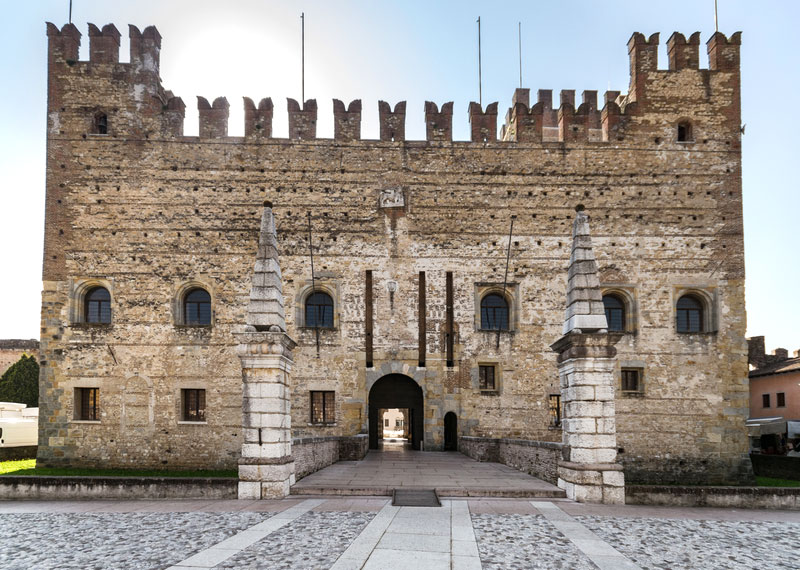
Back in the 1400s Marostica was part of the Serene Republic of Venice. La Serenissima, was in its prime as the center of Mediterranean trade and shipbuilding and kept a close eye on its republic, appointing the mayor of Marostica to oversee the running of the town; a fact that would indirectly save two lives later in our story. Lets get back to our warriors.
In 1454 two men, Rinaldo D’Angarano and Vieri da Vallonara, both fell head over heels in love with a local beauty, one Lionora, daughter of Taddeo Parisio Castellano. Neither would renounce his affection so they challenged each other to a duel, as was the custom of the day, with the winner claiming the hand of Lionora. But before any weapons could be drawn the Venice-appointed mayor had stepped in to prevent any bloodshed.
The mayor had no intention of Marostica losing either of its two young men in a fight and local legend tells of how he cleverly used a Venetian Republic edict issued shortly after the death of Verona’s lovers Romeo and Giulietta, to prevent the dual. Instead he pronounced that the two would settle their dispute via the noble, and significantly less deadly, game of chess. To the winner would go the hand of our fair Lionora and to the loser, the hand of Lionora’s younger and similarly attractive sister Oldrada. Win win.
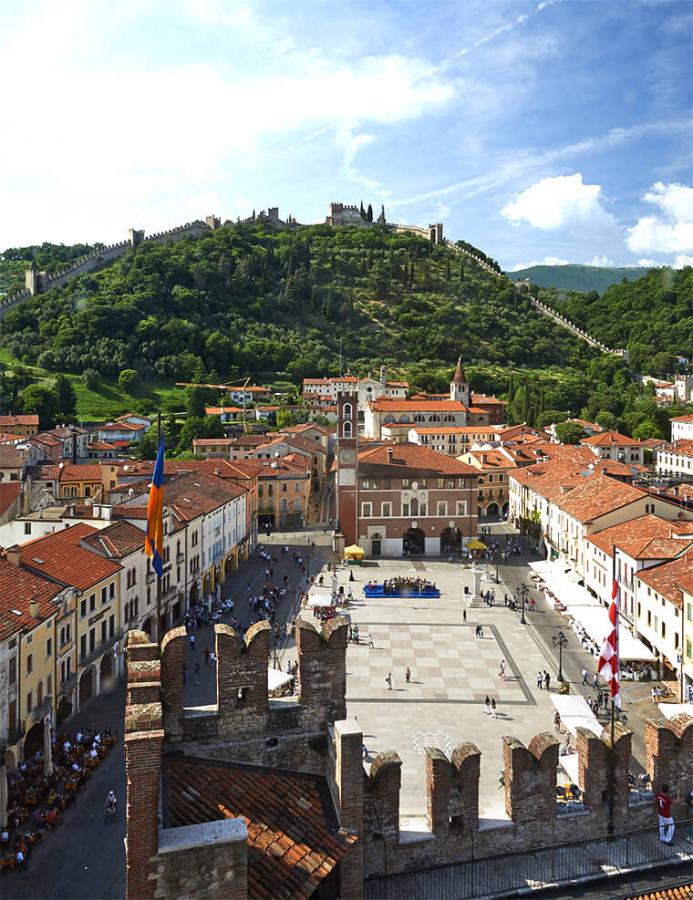
The date was set for a feast day in Piazza di Marostica and the enormous chessboard laid out in front of the lower castle towers. But instead of statues for the pieces, humans dressed in costume represented the pawns, bishops, knights, kings and queens of each side, dressed, according to chess rules, in black or white to denote each player. The dueling duo, Signori Angarano and Vallonara, fighting for the affection of Lionora gave their instructions to the pieces. And overlooking it all were Taddeo Parisio Castellano, his delightful daughters, the nobles of the town and all her citizens.
The mayor also decreed that the challenge, or sfida in Italian, would be marked with an exhibition of knights, soldiers and archers in honor of the two young combatants. And he ordered dancers, music, artists and fireworks to celebrate the day. Let the game begin!
And so it was in 1454 and so it is today. Marostica’s legendary chess game continues to be played with live, costumed characters in the main square every second weekend of September in even-numbered years. The players are accompanied by countless other colorful characters from the sisters Lionora and Oldarda to falconers, knights, ladies, jugglers, fire-eaters, dancers and standard bearers. And the orders from the players are still given in the old Venetian dialect of the Republic. At the end, the winner claims his prize to festive shouts and a blaze of fireworks after over 2 hours of play. And the game repeats over 3 days so everyone can participate in the joy and merriment. It’s quite a sight to behold as the town is bedecked in color and costume in honor of the chess contest and at the end Lionora, who had secretly fallen in love with one of the two suitors, wins her man. So if you still think chess is a dull game played by serious-minded intellectuals, think again; its really a game of passion, courage and love, at least it is when it’s played in Marostica. It’s your move!
